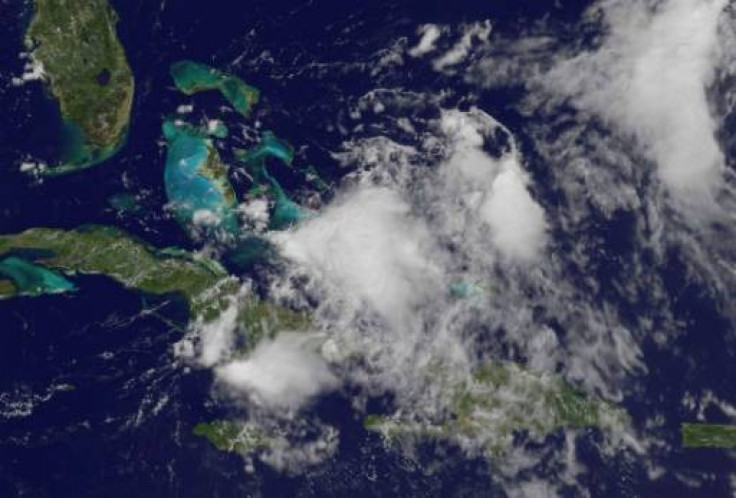Hurricane Irene 2011: Storm Hits Puerto Rico; Slowly Approaching Florida Coast

The National Hurricane Center (NHC) has raised the ceiling on Hurricane Irene’s intensity, estimating it could drive winds of up to 115 miles per hour by Thursday when it approaches the Bahamas.
As of 11 a.m. (EDT), Irene has smashed into Puerto Rico as it continues its slow but steady push northwestward, with winds of about 80 mph.
Although NHC slightly lowered the chances that Irene will directly hit South Florida, meteorologists warn that the whole state of Florida needed to be vigilant as it tracks the storm’s progress.
Earlier on Monday, Gov, Luis Fortuno of Puerto Rico stated that five rivers -- La Plata River, Río Blanco in Naguabo; Cibuco River and Río Grande in Loíza and Fajardo River in Fajardo -- are out of their banks; and 800,000 electrical customers (half of the island) are without power. Also, almost 120,000 Puerto Ricans have no water service.
In addition, 10 roads on the island are impassable due to fallen power lines and trees. Almost 800 people are staying in shelters.
“Generally when you have injuries and loss of life, it’s after a hurricane. So, please, if you have no reason to leave your house, please don’t leave,” Fortuño said. “We have fallen trees, landslides and fallen power lines all over the country -- and it’s still raining. We have to be very careful.”
Rafael Mujica, of the Puerto Rico meteorological service, further warned to TV reporters: “We had anticipated 5 to 10 inches of rain, and in the past 24 hours, we’ve had almost 10 inches in some areas. The rain has been more dramatic, more significant, in the eastern area of Puerto Rico.”
© Copyright IBTimes 2024. All rights reserved.











